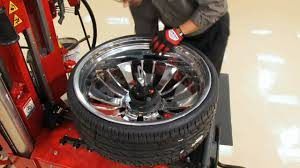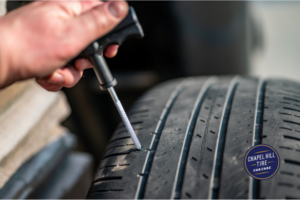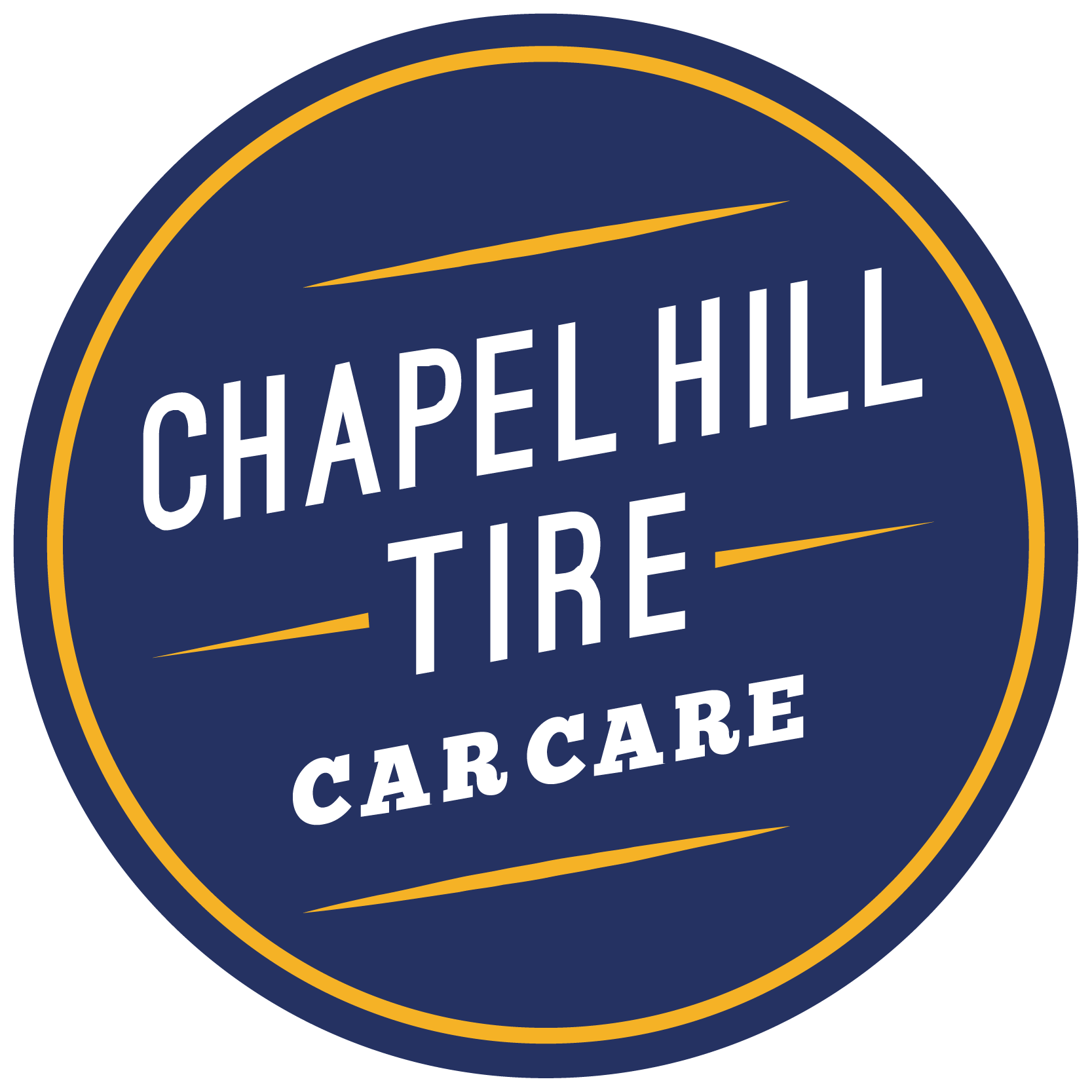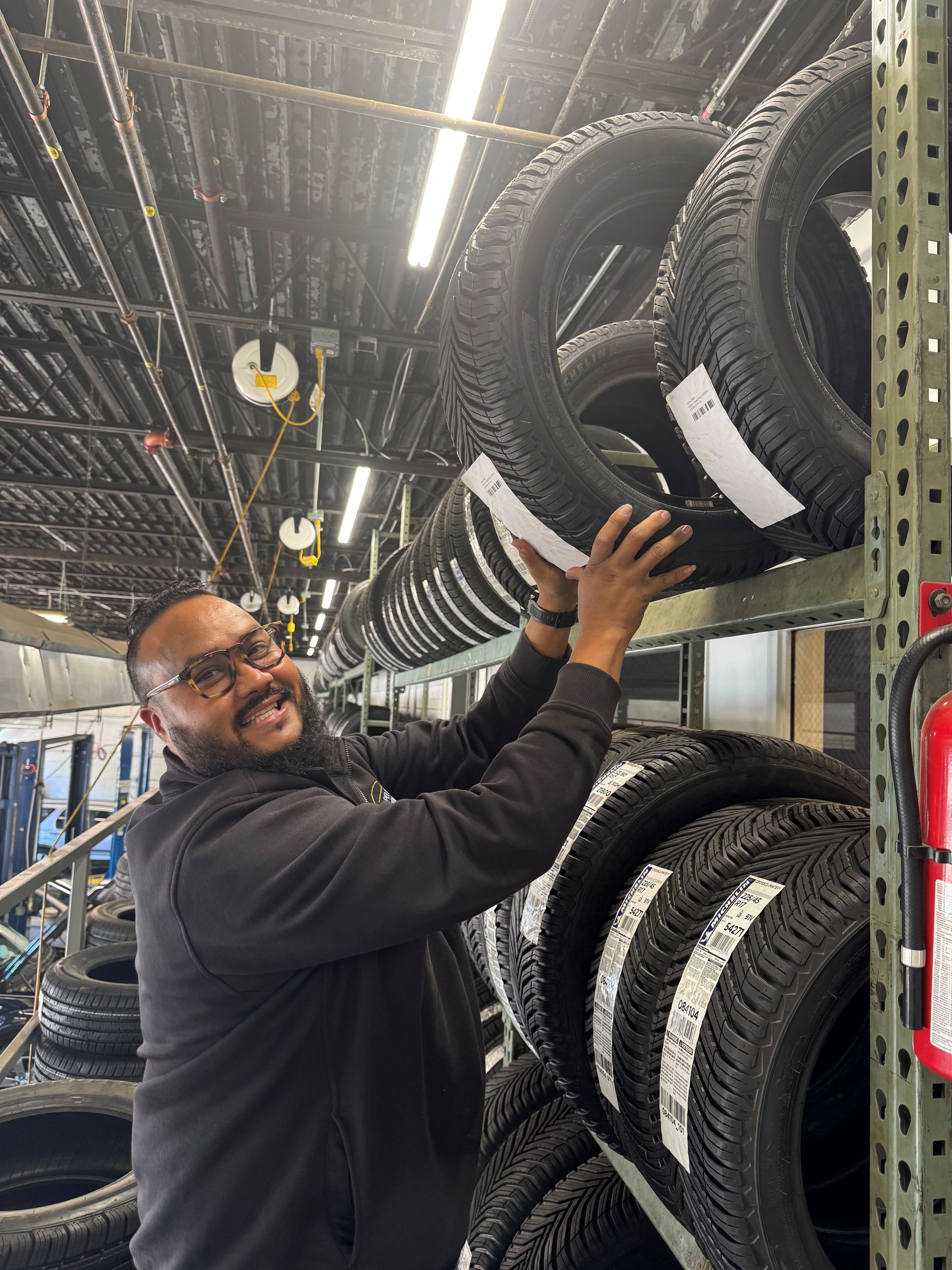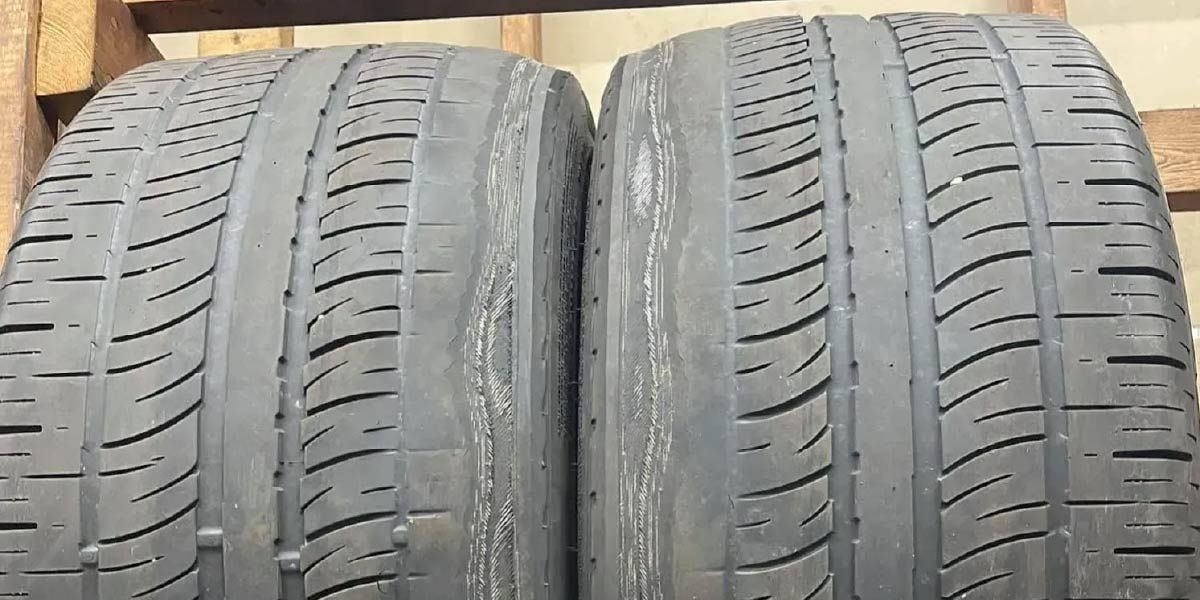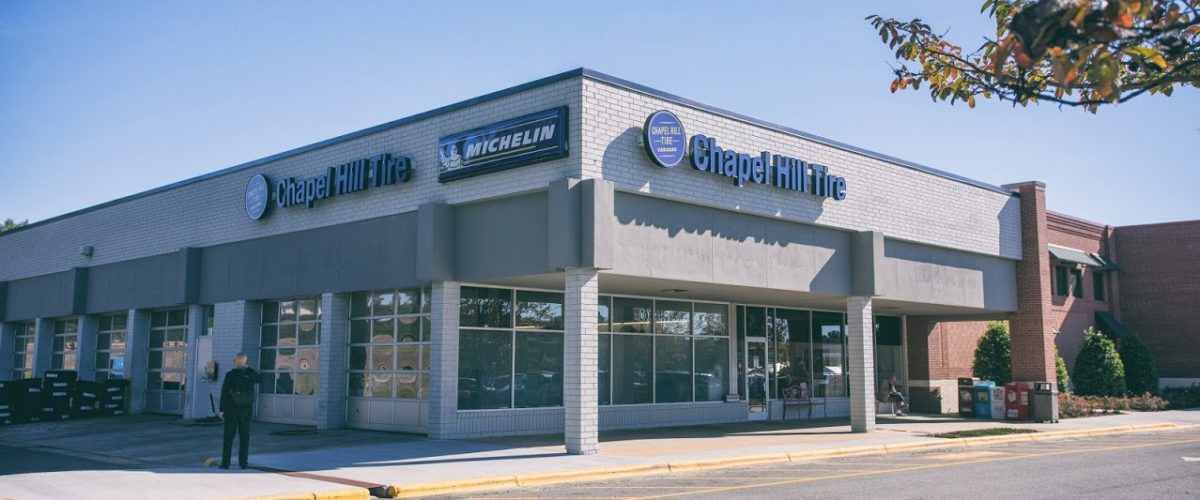Everything You Need to Know About Flat Tire Repair
Auto Shops Located in: Chapel Hill, Durham, Taleigh, Apex, and Cary North Carolina
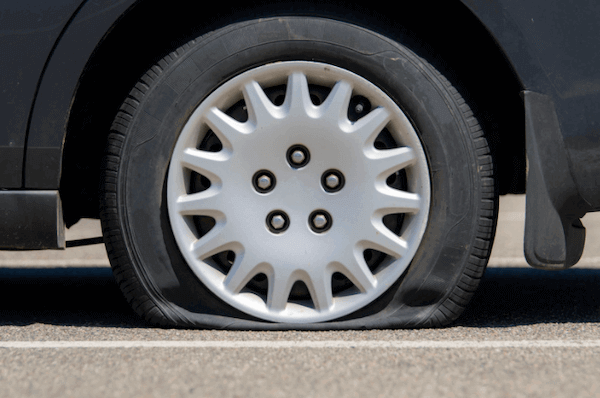
The dreaded discovery of a flat car tire can throw off your entire day. Thankfully, flat tire repair is often within reach. Our local mechanics are here with a complete guide to flat tire repair and when you might need a replacement instead.
What Causes A Flat Tire?
Flat tires can be caused by a variety of hazards—both on the road and internally within your tire. Road hazards include nails, screws, potholes, and car accidents. Internal tire hazards include old rubber, leaky valve stems, and bent rims. Even external factors, like cold weather, can play a role in your tire pressure. As such, you might need to take a closer look at your wheel to determine the cause of a flat—or consult a local professional for insight.
How Do I Repair A Flat Tire?
If your flat is caused by failing internal components, it simply cannot be repaired. Instead, you should switch it out with your spare and visit your mechanic for a new tire. However, if your tire needs to be patched, there are four simple steps to this repair:
- Find the Puncture: First, you must locate the source of the problem. If you are at home wondering, “Do I have a nail in my tire?” consider spraying soapy water on the rubber. Slow air release will cause the solution to bubble up, directing you to the tire puncture.
- Remove the Puncture: Next, you must carefully remove the puncture source without causing any additional damage.
- Patch the Hole: Then, you must patch the tire. Unfortunately, tire rubber is tough and thick, making this process easier with the right tools and experience.
- Refill the Tire: Finally, refill the tire with air to the recommended PSI—as indicated by your Tire Information Panel. This step requires an air compressor on hand, which is another reason to visit your local mechanic for flat tire repair. Here is our 5-step guide to refilling tires with air.
Specialty tires may need an extra step. For example, Tesla tire patching services require mechanics to remove a small layer of the interior foam to make room for repairs.
Do I Need A New Tire After a Flat?
The answer here will depend on the cause of your flat tire. If your flat tire is caused by something as simple as a nail in your tire, a professional can easily patch it without requiring a new installation. But conversely, if your flat tire is caused by old rubber, interior, tire, damage, or more severe issues, it will need to be replaced.
How Can I Prevent Flat Tires?
In some cases, flat tires simply cannot be avoided. However, there are some steps you may take to limit your risks, including:
- Avoid potholes when it is safe to do so.
- Plan your route to avoid road construction or roads with poor conditions.
- Report potholes in your area—it is the only way these will get fixed.
- Avoid veering into the shoulder of the road unless necessary. This area is where many nails, screws, and other puncture hazards rest. It is also easier for these things to sit upright when they rest on the shoulder.
- Replace old tires. Even when the tread is thick, old rubber is prone to blowouts—risking costly accidents. In fact, tires more than ten years old are illegal in other countries. Click here to read more about the dangers of aged tires.
- Inspect your tires regularly for signs of wear, aging, and damage.
- Keep your tires properly inflated to minimize your risk of flats, blowouts, and damage.
What Should I Do When I Have A Flat?
You might be wondering, “Is it safe to drive with a flat tire?” The short answer is no—you should not drive on a flat. You risk creating an accident and damaging your wheel or rim.
Instead, you should switch out your flat for the spare. Then, bring your damaged tire to a local mechanic to see if it can be repaired. However, if your tire is maintaining most of its inflation with just a slight puncture, you may be able to drive with caution to your local mechanic at your own risk.
Should I Repair A Tire On My Own?
Flat tire repair often requires expert support. As mentioned above, some of these steps will require professional tools or experience. DIY solutions can damage your wheels, scratch your rims, or worsen the puncture. Additionally, your professional repair might be free of charge—making this a more cost-effective route. Let’s take a closer look at some potential coverage options.
Does Insurance Cover Flat Tire Repairs?
Depending on the cause of your flat tire and the nature of your policy, your service might be covered. Additional coverage might also be available from other sources. Let’s take a look at four potential coverage options:
- Mechanic Coverage: A local mechanic may include tire insurance or service for each new tire you purchase. For example, under the Drive Happy Advantage, our experts offer free tire patching services for the lifetime of every tire purchased from our shop. Our complimentary service follows the U.S. Tire Manufacturers Association’s standards for puncture and repair procedures in passenger and light truck tires. You can also take advantage of free lifetime tire rotations, inflations, and more.
- Manufacturer Coverage: If you had a tire blowout caused by a manufacturer defect, you might be eligible for payment—especially if you have a newer tire. Check to see if your tire manufacturer has released any recalls. If not, you should report the problem to the manufacturer and record details about your defective tire in case a recall is issued later.
- Government Coverage: Did a pothole cause a tire blowout or flat? In some cases, you might be entitled to repair reimbursement from the government. However, there are a few select requirements here. 1) The pothole must be on a public road. 2) Someone must have filed a formal report about the pothole. 3) The government must have had reasonable time to fill it before you incurred damage. If all of the above is true for your incident, you may be eligible for coverage.
- Insurance Coverage: Most insurance policies will not include coverage for a flat tire. Additionally, tire patching service is relatively affordable. Meanwhile, filing a claim may raise your rates—costing you more long-term. However, if your flat was caused by an accident or created more significant damage, it might be covered under eligible policies.
Free Tire Patching Service at Chapel Hill Tire
Flat tires are easy to fix for our drivers! We provide free patching services for all tires bought here at Chapel Hill Tire. Our new Drive Happy Advantage includes this coverage, available in our 11 shops across Durham, Carrboro, Chapel Hill, Raleigh, Apex, and Cary. We invite you to make your appointment here online or call us to get started today!
We’ve got all your automotive repair needs covered.


